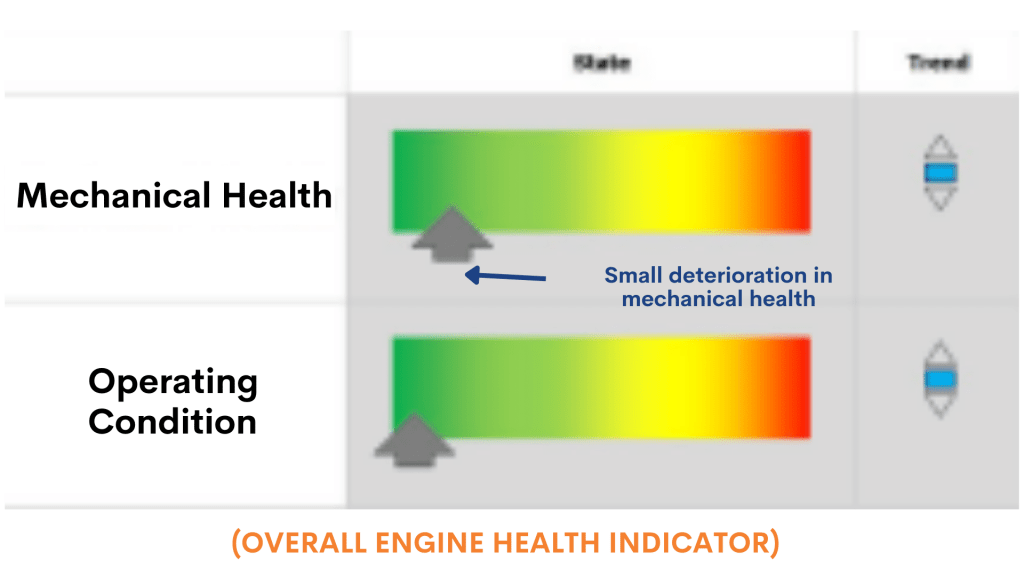CASE STUDY
Home » Case Studies » Early Fault Detection and fuel loss management Enabled for 12 Cyllinder – 2 Stroke Doosan Sulzer Cargo Engines with Engine Condition Monitoring System by Neptunus
Early Fault Detection And Fuel Loss Management Enabled for 12 Cylinder - 2 Stroke Doosan Sulzer Cargo Engine
Background
Equipment
Doosan Sulzer
Vessel
Cargo Ship
Solution
Engine Condition Monitoring System
Customer
Cargo Ship Operator
Objectives
Test our system’s capability to Identify component level engine faults as well as help avoid unnecessary engine maintenance
Highlights Of Our Product

Engine
Agnostic

The System Uses Two Non-Invasive MPU Sensors.

Emission Control

The Sensors Requires Once-In-A-Lifetime Calibration.

Pin-point existing And Emerging Faults At The Component level

Remote Monitoring of all Assets Under a Single Central Command

Scientifically Extend Overhaul Intervals with Significant Cost Savings

Easy To Install And Operate
Evaluation Process
- Both engine condition monitoring and TorqueSense systems were installed on the main engine
- Remote access to the data was shared with the Neptunus team.
- Our team focused on raw files with an RPM of 80 for analysis.
Discovery/Insights from Our System
- For the Doosan-Sulzer 12-cylinder 2-stroke engine, our Engine Condition Monitoring System found that although the overall health parameters at 80 RPM were satisfactory, there was slight deterioration as shown by the mechanical health indicator.
- On further investigation, we identified that when the damper gets fully excited at about 80 rpm, it adds a non-linear delay (twist) to the crankshaft.
- This leads to a change in fuel injection timing, causing a small imbalance in the combustion conditions of a few cylinders.
- As a result, the fuel efficiency decreased by over 1.2%.
- Taking the damper’s delay into consideration while changing valve setting and fuel regulation timing could lead to over 1% in fuel consumption savings, which is to the tune of 400 to 500 tonnes of fuel per year for an engine this size.


Conclusion
It is a reliable tool to defer unnecessary maintenance action.
The system helps to accurately to pin-point issues of any rotating machines
The engine condition monitorin can be used as a mechanism to identify fuel loss.


